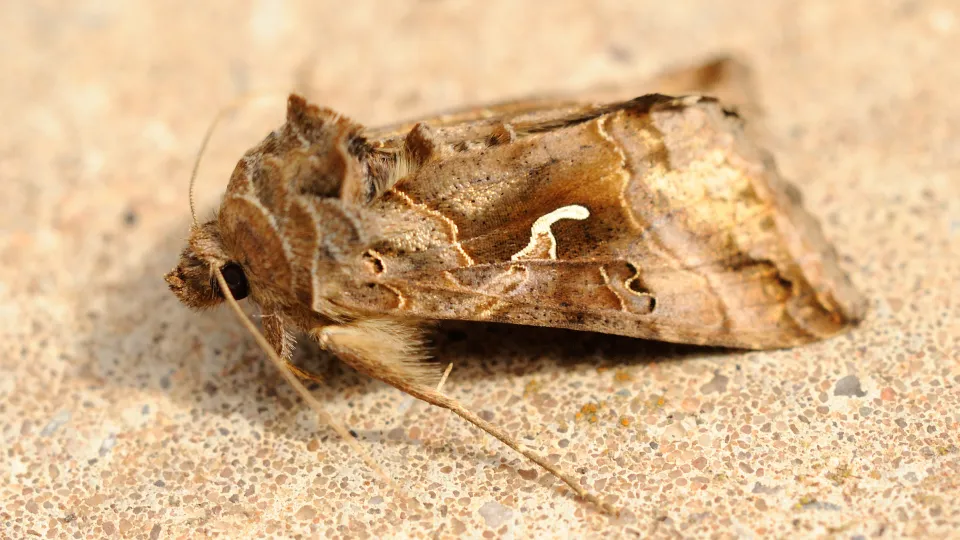
Silver Y
The Silver Y migrates to the UK in massive numbers each year - sometimes, an estimated 220 million can reach our shores in spring! Seen throughout the year, it is very common in gardens and grasslands.

The Silver Y migrates to the UK in massive numbers each year - sometimes, an estimated 220 million can reach our shores in spring! Seen throughout the year, it is very common in gardens and grasslands.
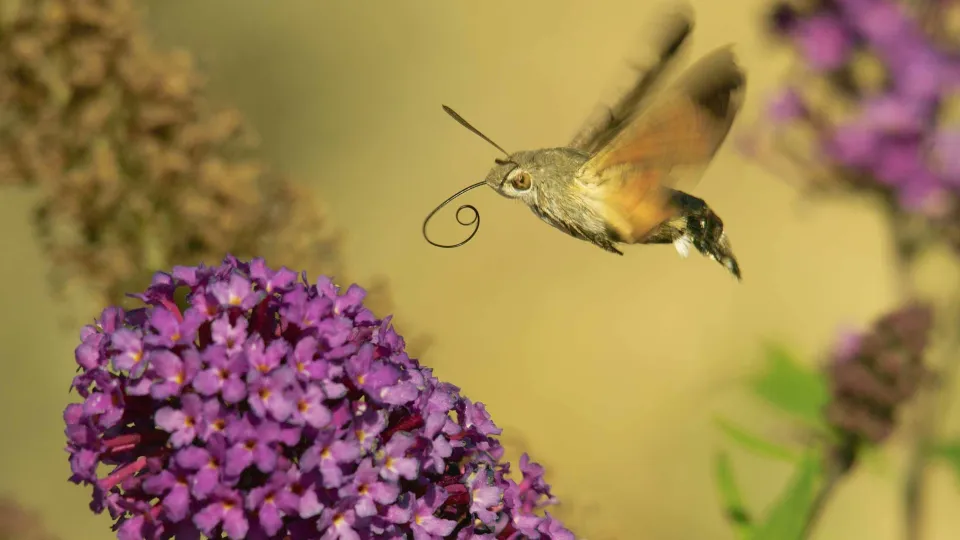
The humming-bird hawk-moth migrates to the UK from Southern Europe each year. It can be seen hovering over flowers, feeding with its long proboscis; its wings move so quickly that it 'hums'.
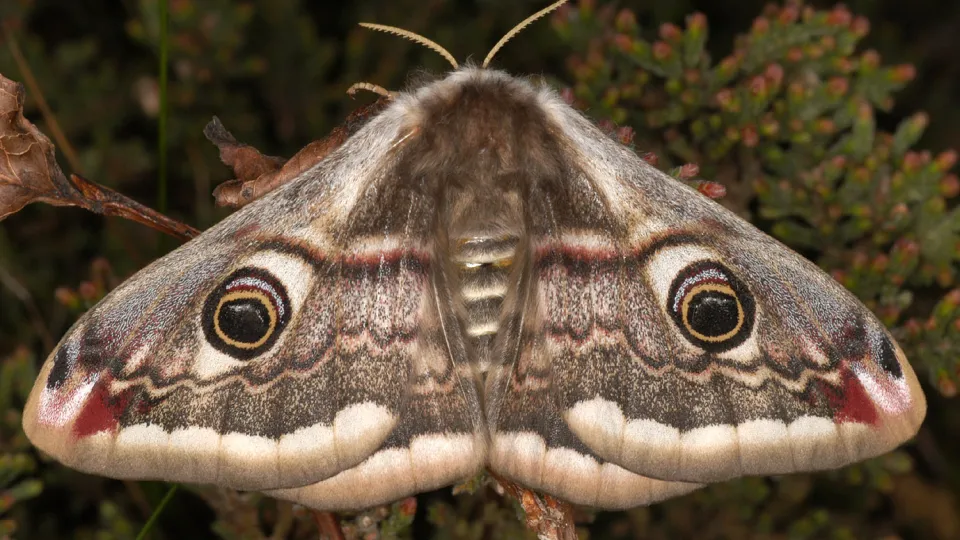
An unmistakeable insect of heaths, sand dunes and grasslands, the Emperor moth is fluffy, grey-brown, with big peacock-like eyespots on all four wings. Males can be seen during the day, but females lie low.
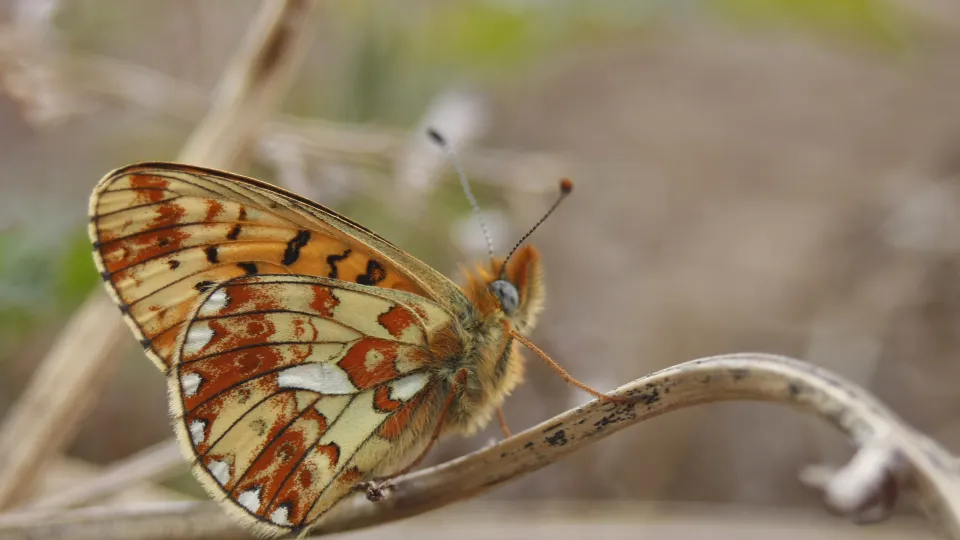
The pearl-bordered fritillary is a striking orange-and-black butterfly of sunny woodland rides and clearings. It gets its name from the row of 'pearls' on the underside of its hindwings.
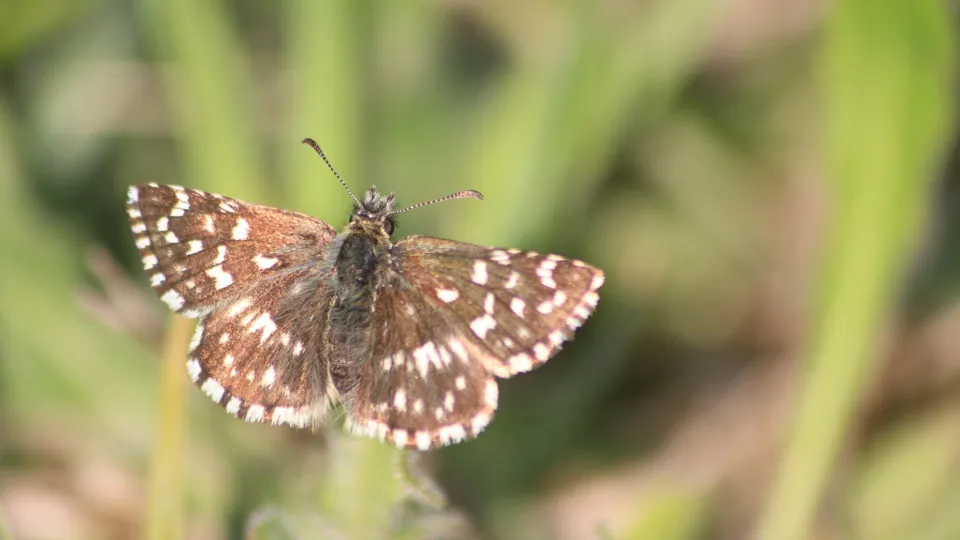
The grizzled skipper has a striking brown-and-white checked wing pattern. It is a fast flier, so is best observed in the morning as it basks in the sun to warm up. It favours chalk grassland and woodland habitats.
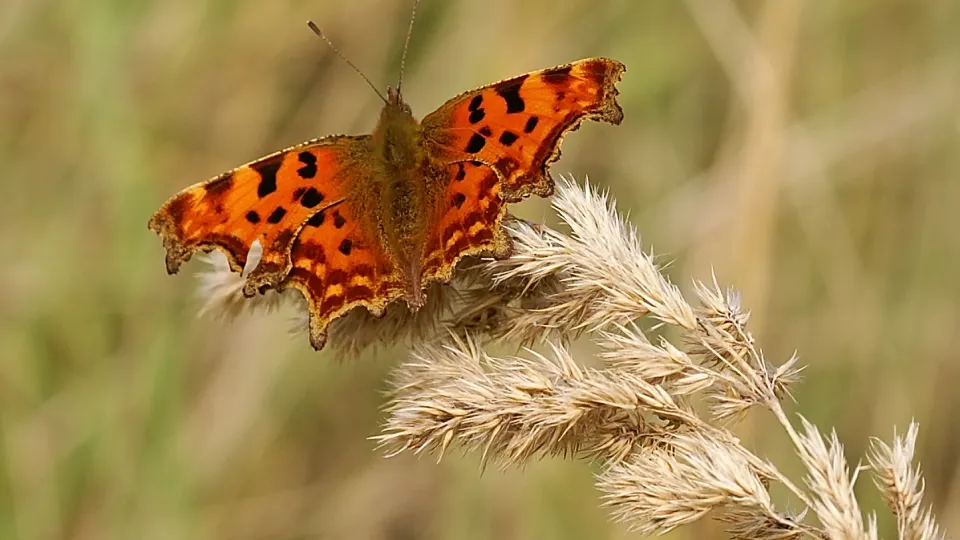
The comma has distinctively ragged wing edges, which help to camouflage it - at rest, it looks just like a dead leaf! It prefers woodland edges, but can be spotted feeding on fallen fruit in gardens.
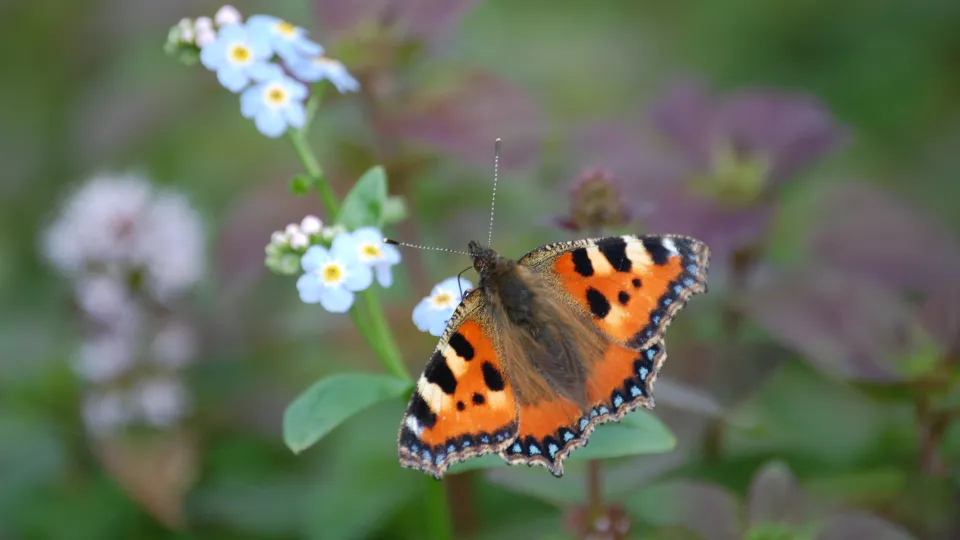
The pretty small tortoiseshell is a familiar garden visitor that can be seen feeding on flowers all year-round during warm spells. Overwintering adults may find resting spots in sheds, garages or even houses.
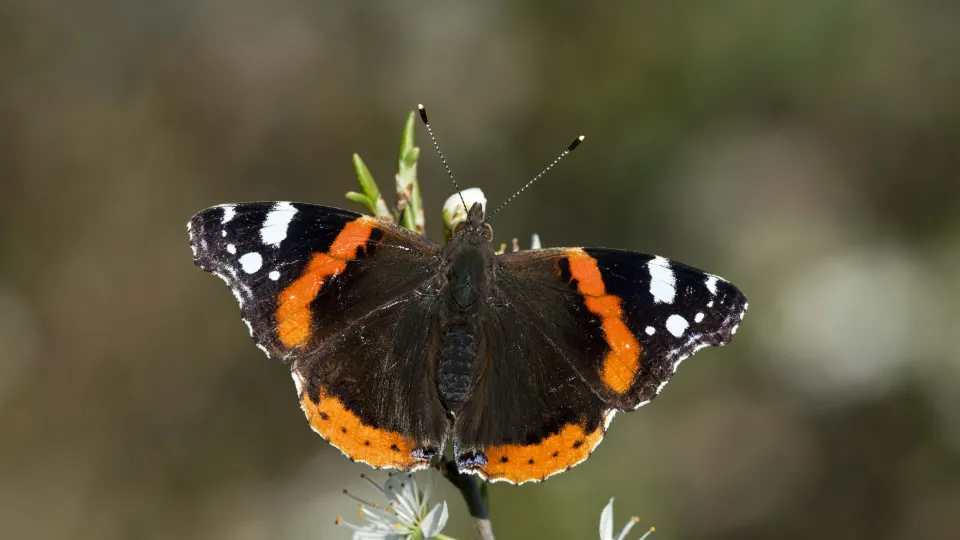
The red admiral is an unmistakable garden visitor. This black-and-red beauty may be seen feeding on flowers on warm days all year-round. Adults are mostly migrants, but some do hibernate here.
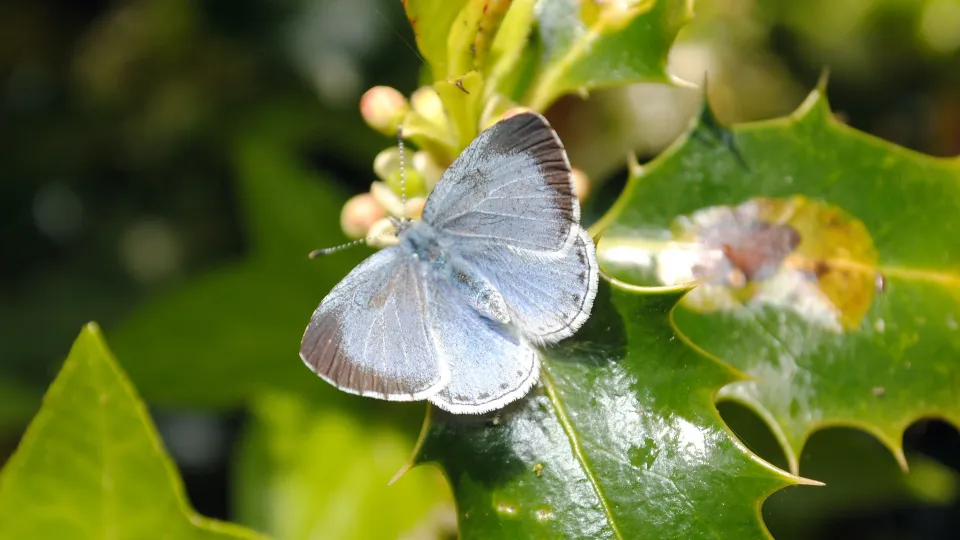
Look out for the small Holly Blue in your garden or local park. It is the first blue butterfly to emerge in spring, and a second generation appears in summer. The caterpillars are fond of holly and ivy.
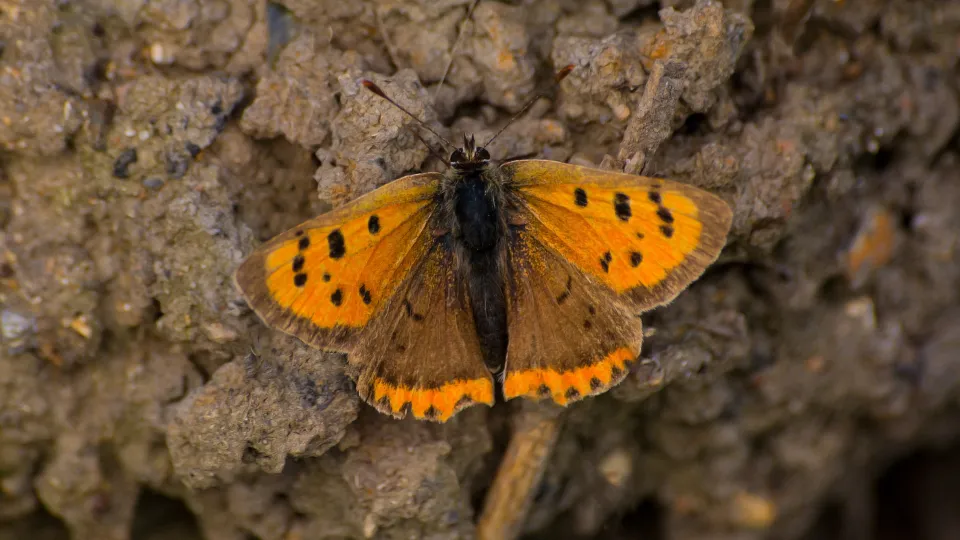
The small copper lives up to its name in both colour and size! Look out for it from April onwards in dry, sunny habitats like heathland, downland and woodland. It can be spotted in gardens, too.